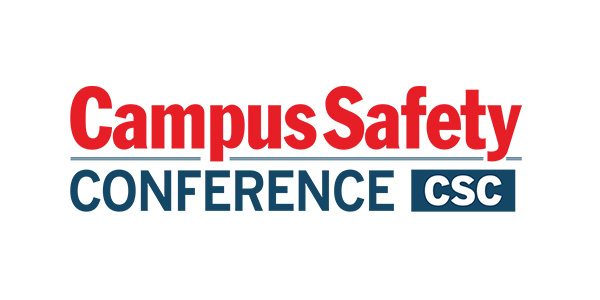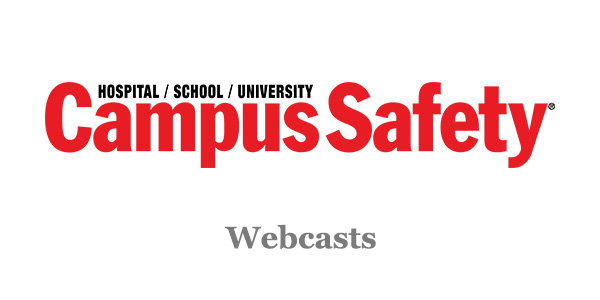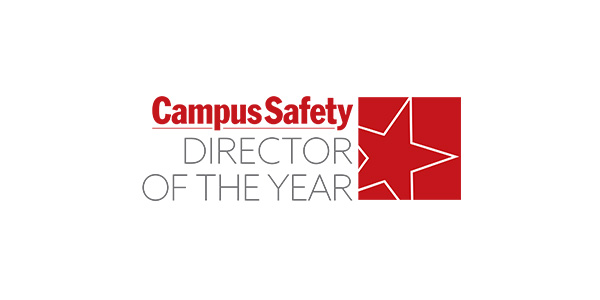Only a few short years ago, adopting IP-based video surveillance technology was a worrisome undertaking for many campuses. Cost, bandwidth challenges and equipment migration issues concerned more than just a few tasked with upgrading their institutions’ security camera systems.
But what a difference two years, a year or even six months can make. As long as a healthcare or education institution has the necessary network infrastructure, adopting IP video might now be a wise investment. Recent advancements just might convince your campus constituents to join the ranks of those transitioning to IP-based video surveillance.
Open Standards are the Norm With IP Video
Previously, it was common practice for video equipment manufacturers to only offer proprietary systems. This required campuses to purchase all or most system components from the same company.
IP video systems, however, generally embrace open standards. This means hospitals, schools and universities now have greater options because they can integrate disparate systems. Cameras can be purchased from one company; the hardware that records video can come from a different source; and the client software can come from another provider.













